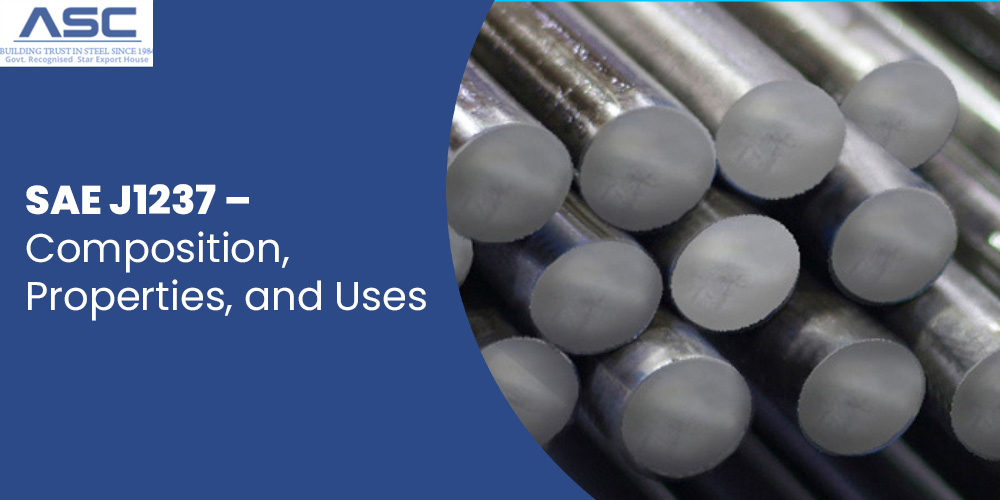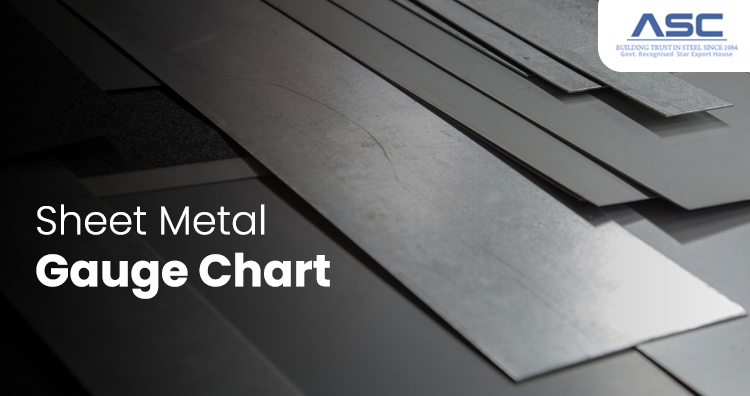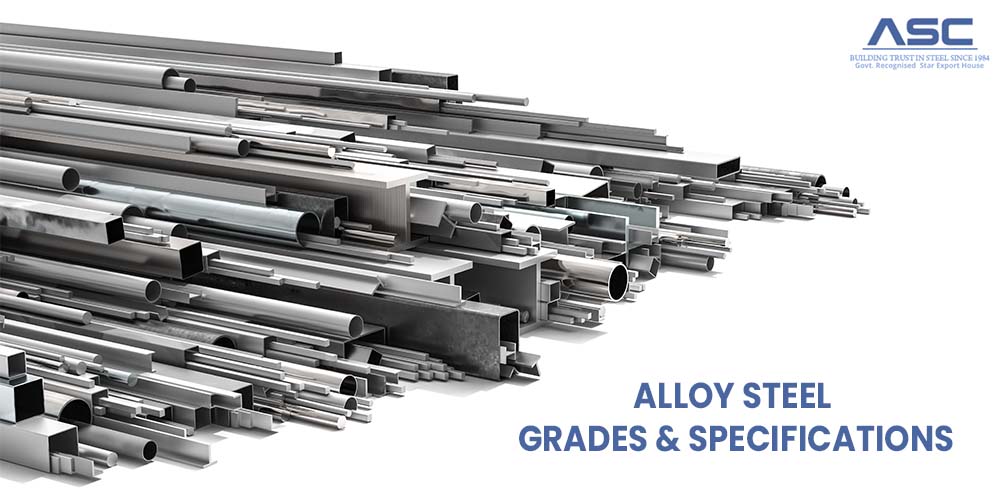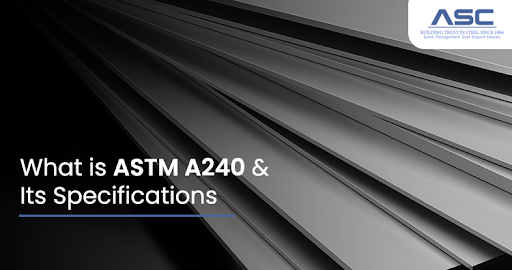SAE J1237 - Composition, Properties, and Uses
by AMC
Posted on November 10, 2023 at 12:57 PM

The Society of Automotive Engineers (SAE) has crafted the SAE J1237 standard to define the specifications for carbon and alloy steel wire rods extensively used in the automotive sector. This comprehensive guide explores SAE J1237's facets, including composition, mechanical and physical attributes, applications, corrosion resistance, heat treatment, machining, and welding options.
Composition as per SAE J1237
SAE J1237 stipulates the composition of carbon and alloy steel wire rods in the automotive industry, with variations permitted based on intended applications. Elements defined in this standard include carbon, manganese, phosphorus, sulfur, and silicon, alongside allowances for additional elements like aluminum, boron, chromium, copper, lead, and nickel.
Mechanical Properties per SAE J1237
Mechanical properties, a pivotal aspect of the SAE J1237 standard, outline the requirements for steel wire rods used in automotive applications. These properties encompass tensile strength, yield strength, elongation, and area reduction, significantly influencing rod performance under stress. Mechanical attributes are contingent on alloy composition and potential heat treatments.
Physical Properties per SAE J1237
In tandem with mechanical properties, SAE J1237 defines crucial physical attributes that these wire rods must meet. These properties include specific gravity, thermal conductivity, and electrical conductivity, instrumental in determining performance in applications like electrical wiring and heat transfer.
Applications of SAE J1237
Wire Rods SAE J1237-compliant wire rods find application in the automotive industry, serving as building blocks for critical components such as bolts, airbag springs, and suspension systems. These wire rods play a pivotal role in enhancing vehicle safety and performance. Additionally, the construction sector employs wire rods for manufacturing reinforcement meshes and bars.
Corrosion Resistance per SAE J1237
Corrosion resistance stands as a paramount consideration for automotive steel wire rods. SAE J1237 necessitates these wire rods to possess adequate corrosion resistance, enabling them to withstand moisture and corrosive elements. Manufacturers achieve this through alloy composition adjustments or specialized coatings and finishes.
Heat Treatment per SAE J1237
Heat treatment plays a crucial role in shaping the mechanical properties of steel wire rods. SAE J1237 outlines various heat treatment processes to achieve specific mechanical attributes. Common procedures include annealing, normalizing, quenching, and tempering.
Machining as per SAE J1237
Machining is pivotal in crafting components from steel wire rods. SAE J1237 specifies appropriate tools and techniques to attain desired dimensions and tolerances. Machining operations encompass turning, drilling, milling, and grinding.
Welding per SAE J1237
Welding is fundamental in joining components crafted from steel wire rods. SAE J1237 prescribes various welding methods, including gas tungsten arc welding and gas metal arc welding, to ensure sturdy joints capable of withstanding stress and strain.
In Conclusion
SAE J1237 wire rods hold a critical role in the automotive and construction sectors. A comprehensive grasp of their specifications and properties is essential to ensure optimal performance under stress and adherence to safety and performance standards. The SAE J1237 standard encompasses various facets, including composition, mechanical and physical attributes, applications, corrosion resistance, heat treatment, machining, and welding methods. Manufacturers must adhere to these standards and employ appropriate techniques to unlock the desired performance from these wire rods.

Sheet Metal Gauge Chart
When working with sheet metal, the term "gauge" is commonly used to describe the thickness or thickness range of the material.

